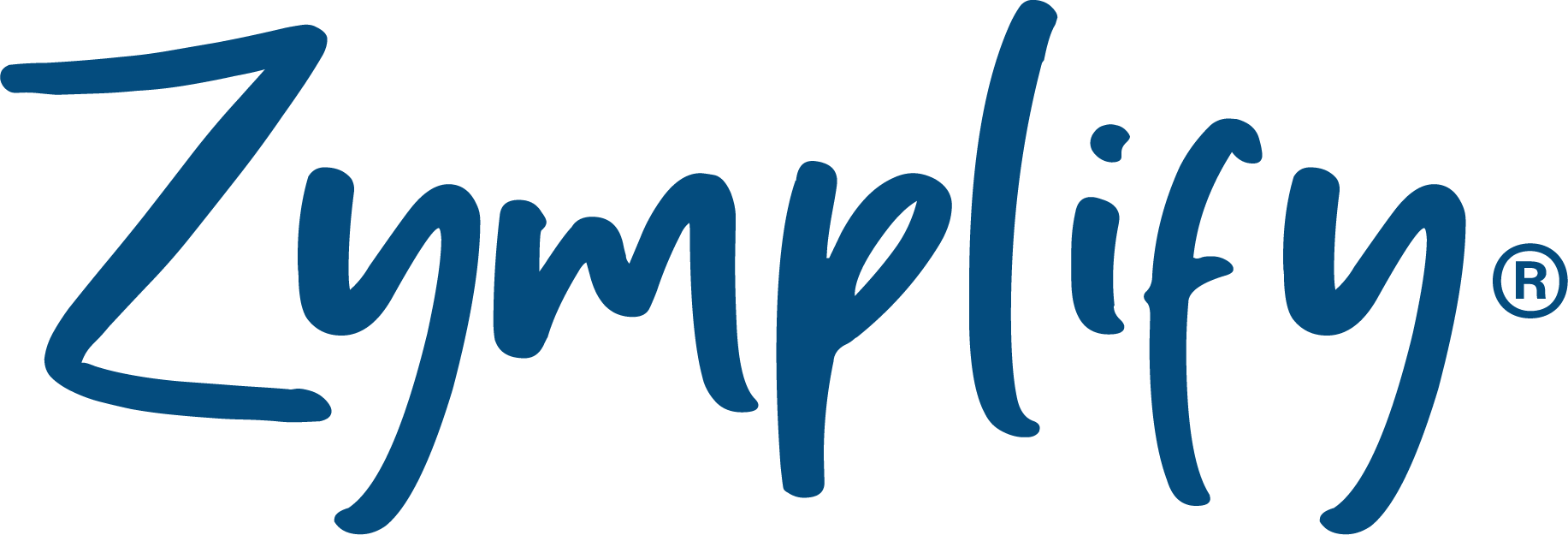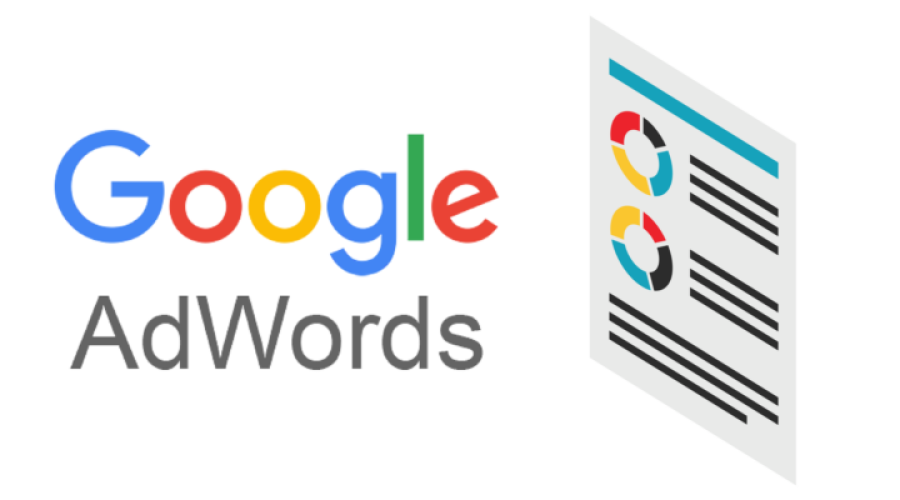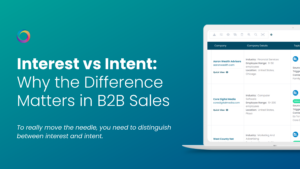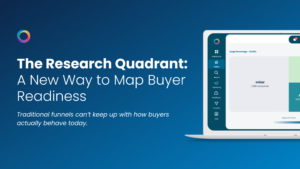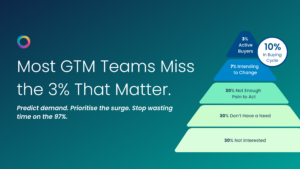You might think that with Google AdWords, the more you spend, the better your results will be. While this might have been true in the past, fortunately for smaller businesses with smaller budgets, times are finally changing.
No matter what kind of marketing budget you have, you can still match a lot of what those bigger advertisers are doing, without spending the same amount of cash. How? We’re going to tell you in this quick and comprehensive guide to making the most of your Google AdWords spend.
Money isn’t everything in the world of AdWords. Success is often just a matter of becoming more active and actually doing more stuff with your account. Big spenders tend to make optimisations every week on their accounts because they have so much money on the line, they can’t leave it untouched for too long. We know you might not have the same budget available as these guys, but money isn’t everything and there are a few great tips you can learn from them.
We’ve come up with a list of top tips that big spenders are doing that you aren’t, so you can compete even on a smaller budget.
Big spenders always use conversion tracking
If you are spending money on Google AdWords and aren’t using conversion tracking, you are crazy!
100% of big spenders have conversion tracking turned on, whereas only 93% of low spenders use it. How can you be expected to optimise for success if you aren’t using the tools available to you? You need to tie all of those clicks back to conversions, otherwise, you’re burning cash.
Setting up conversion tracking on your website is quite simple and easy to do, and best of all, it’s completely free (unless you need developer’s assistance).
Use more landing pages
Big spenders use landing pages to their advantage and tend to have more than smaller businesses. Landing pages are where you send paid traffic and make your visitors do something you want them to do. You must have tailored landing pages that relate directly to the ad the prospect has just clicked on. If you’re sending all your website traffic to one generic landing page or even worse, your home page, they’re going to get confused or bored and quickly leave.
Over a quarter of lower-budget AdWord accounts only have a single active landing page, compared to just 4% of top-spending accounts. You mightn’t have the facilities or the team to design and develop numerous landing pages, but it really doesn’t have to be that difficult. Why not use the landing page you are already using, but duplicate it and create new ones for each campaign with new images and copy?
We know you’re busy and the thought of creating loads of landing pages just seems impossible, but you can create multiple landing pages with Zymplify’s marketing automation platform. Our in-house graphic designer has already designed and styled a few different templates available for our clients to use.
They have a 17% higher conversion rate
According to recent data, big spenders are getting 17% more conversions out of the same number of clicks without having to spend more for clicks. How are they doing it?
You need to start with your keywords and make sure the ones you are bidding on relate to your business. Broad keywords might bring in lots of traffic, but are they specifically interested in your business or what you have to offer? It’s a waste of your budget and we would recommend spending more than half of your budget on specific and top-converting keywords.
On your landing pages, you need to make sure you are offering your potential customers something they can’t resist. A better offer could raise your conversion rate more than you’d expect.
When it comes to your landing pages, you need to make sure they are up to scratch. Some top tips for landing page creation include:
- Use direct and useful headlines
- Write concise and targeted copy
- Use eye-catching and enticing call-to-action buttons
- Design a user-friendly form that only asks for information you need
- Ensure the page is fast loading and has been optimised for mobile devices
- Follow up with a quick thank you page
Top spenders have 38% higher click-through rates
Now you have to remember, that before conversion rates even come into play, searchers need to physically click on your ads in the first place. It’ll come as no surprise, but big spenders are currently enjoying 38% higher click-through rates (CTR).
When it comes to getting people to click on your links, it falls down to part art, part science and unfortunately the big spenders are beating everyone on both sides of the coin. The big guys have an average click-through rate of almost 7%, while lower spenders are just at 5%. What are they doing differently?
It all comes down to high-quality scores, which are relevant and really resonate with search engine users. You can get high CTR even if you’re bidding less than bigger advertisers. This means no matter what your budget is, you can still compete with the top spenders by putting more effort into creating quality content that your prospects really want to see. Be creative and write effective PPC ad campaigns that will earn you loads of clicks.
Use more ad extensions
Big spenders are using 4,631% more ad extensions than any other advertiser and are reaping the rewards. They have an average of 31 ad extensions for every text ad in their accounts, whereas low spenders tend to operate on a one-to-one ratio. What’s worse, they have extensions on almost half (48%) of their ads while the lower spenders have only 17% enabled, leaving over three-quarters of their ads extensionless.
We understand that you might not have the time or money to spend writing ad copy, but it really is worth it. Ad extensions have the ability to improve your click-through rate six times over because of the additional value and information they provide your prospects. Apply them to every campaign and you will see results, fast!
Big spenders use a lot more negative keywords than the smaller guys
While negative keywords might be offensive in the world of AdWords, it might be worth spending some time sussing out some within your field.
Why? Because 8% of low-spending AdWords accounts have no negative keywords at all, and 62% have less than 250. Meanwhile, 98% of top-spending accounts have more than 250 negative keywords.
There are a lot of keywords which are much too broad to justify paying for. But bigger advertisers devote some time each week to reviewing and analysing search query reports to find these out.
Smaller business can simply jump into the search terms report in AdWords and spend some time filtering out terms that converted and sort impressions. You’ll be able to see then whether a search query is making you money or costing you more.
Use more expanded text ads
Big spenders have 1,448% more expanded text ads (ETA). While larger advertisers have spent recent years replacing old ads with new ones and removing the standard ads from their ad rotation, smaller businesses are still lagging behind.
You need to use more explained text ads and use them to your advantage. Like everything else, it won’t dip into your budget but will require a little more effort from a member of your team. The results will be worth it though!
They have higher quality scores
Quality scores can significantly impact your cost per click (CPC) campaigns. A perfect quality score can discount your CPC by up to 50%.
There is a 12% difference between the average impression-weighted quality score between big spenders and those at the lower and of the scale. If you’re at the lower end of the scale, you need to make sure you are doing everything possible to spend your budget effectively.
To figure out your impression-weighted quality score of a certain ad group or campaign, you can use the following formula:
(Impressions * Quality Score) / Impressions
When you’ve got to grips with it all, you should think about improving it. Improving your ad copy and landing page quality will help things, as well as having a professional design. Some other factors you could look at include:
- Your click-through rate
- Ad relevance
- Landing page experience
Take more actions in your accounts
You need to use AdWords Performance Grader, which is a free tool, that runs a quick audit on your AdWords account looking for many of the practices we have outlined in this guide. Quality score, negative keywords and account activity among other practices will be audited and the Performance Grader will give you an overall grade based on your performance.
Strong performance correlates highly with doing stuff. This might just be logging into your account and making a few slight adjustments. When was the last time you logged into your account and reviewed things? How are you going to improve if you aren’t logged in?
Conclusion
It’s not just all about money, you also need to be spending time and effort on your AdWords accounts as well. Big spenders are currently 1196% more active on their accounts because they are already in there doing all the things we have outlined here today. Now it’s time for you to start acting like one of the big spenders too.
For more marketing guides or advice from our experienced marketing sales team, why not schedule a free demo of Zymplify’s multi-channel marketing platform? We have a team of experts that can help you get the most out of your AdWords campaigns and start acting like the big spenders but on a small budget.
Data sources: We collected our data from Wordsteam and Grader reports.
More from Zymplify
Top Inbound Marketing Tools to use in 2019
Inbound Marketing and Marketing Automation
The Power of Inbound Marketing: Are You Really Using it Effectively?
